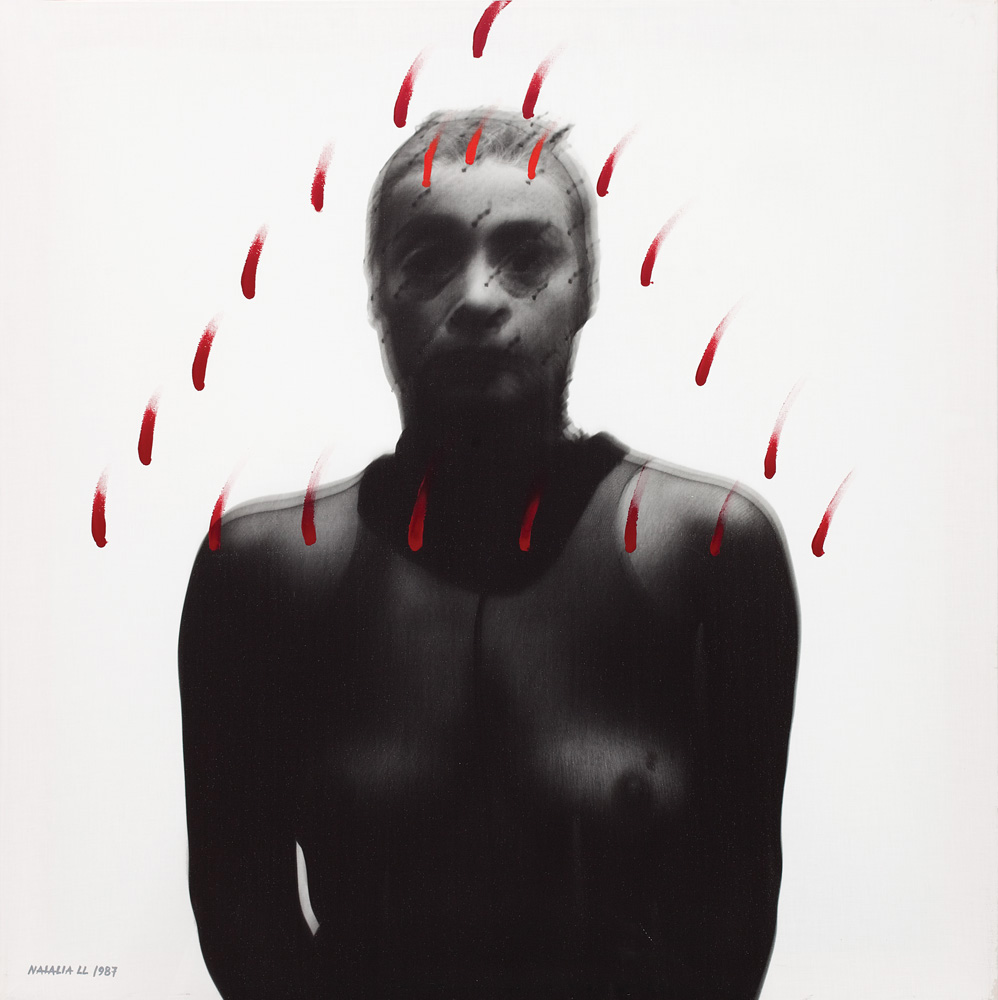Autofiguracje
Anna Imiela-Szcześniak
Anna Senkara
Elżbieta Jabłońska
Ewa Partum
Jadwiga Sawicka
Katarzyna Majak
Martynka Wawrzyniak
Teresa Murak
Zofia Kulik
31.01.2020 — 07.03.2020

About artist
Studying the human body has always inspired artists, and due to the unavailability of models and models – often in line with the poverty of means of payment – the choice, for obvious reasons, narrowed down to the only unconditionally available person, i.e. the creator himself. The above dependence was less frequent among female artists, because until the end of the nineteenth century, in traditional patriarchal societies, for example in Europe, the profession of an artist (draftsman, painter, sculptor) was assigned to a man. The difficult situation of women choosing artistic work was related primarily to the lack of access to art universities.
From the very beginning, in photography – as a much later field of creative activity – the theme of one’s own corporeality was extremely strong. The temptation to point the camera at oneself has become a way not so much to satisfy private curiosity or capture the objective truth (from the word “photo. objective”) about oneself, but a popular and accessible form of studying the human condition in general. It is hard not to notice that the latest ubiquitous fashion for taking a selfie is the aftermath and, at the same time, a caricature of introspection understood in this way.
In February, the gallery prepared a mini review * of artistic attitudes in Polish creative photography, where the theme of one’s own body became an important means of expressing individualized artistic content. Selected photos were taken by women – artists who, using this method of work, stood in opposition to trivialized visual messages exploiting the image of a naked woman in the only “right” canon – a timeless and desired object.
Several works from the 1970s and 1980s at the exhibition expressing deep opposition to the prevailing models of female self-realization (Natalia LL, Teresa Murak, Ewa Partum) have become iconic, becoming a source of inspiration for a whole generation of young photography adepts (Anna Senkara, Martynka Wawrzyniak).
On the other hand, the Self-Portrait with Palace by Zofia Kulik can be read as a bold and not devoid of irony reference to modern Christian iconography (the artist, aware of the gesture and symbolism used, emerges from a vaginal cave to give the world a message and testimony).
Also, Elżbieta Jabłońska (Supermother), photographing herself in a Batman costume (with her little son on her lap surrounded by household appliance), refers in the iconographic sphere to old painting (the motive of Mary Mother with Child), but at the same time takes up a thoroughly contemporary feminist discourse on the role and identity modern women – mother – heroine.
The work by Jadwiga Sawicka (Not Good), apart from the obvious social and feminist content, carries a deep existential message.
The self-portraits of Anna Imiela (Fashionable wounds) and Katarzyna Majak (Veil) touch upon widely exposed cultural themes of fashions and social rituals that may stigmatize and cause a feeling of personal loss.
* All works presented at the exhibition come from the collection of JK Madelscy.